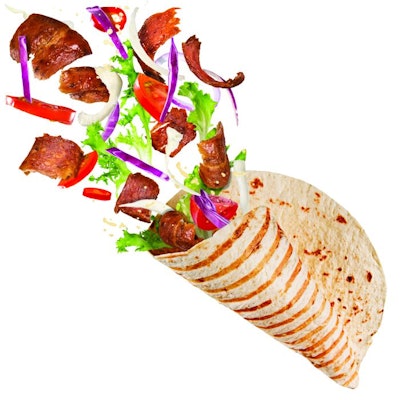
The Turkish chicken industry is expected to record another year of expansion, with production in 2022 forecast to rise by 7.0% to 2.4 million metric tons (MT). The increase is expected to outstrip that recorded in 2021 when chicken meat output reached 2.25 million MT, an increase of 4.0%. Turkey meat production stood at 58,301 MT.
The Turkish industry is benefitting from growing overseas demand and exports are expected to rise by 24% this year to reach 703,000 MT. Demand from Iraq and Iran is proving to be particularly strong and, last year, the country gained access to the Chinese market. Shipments to Hong Kong, formerly the second-largest export market for the country, have declined since Turkey, the world’s fifth-largest poultry meat exporter, has gained direct access to China.
Turkish producers are expected to benefit particularly in those regional markets that had been sourcing product from Ukraine. Exports will account for approximately a quarter of production this year and help to offset rising production costs, notes the USDA Foreign Agricultural Service (FAS), in a report published mid-March.
While the war in Ukraine may have resulted in new opportunities for Turkey’s export industry, which has been further boosted by a weakening Lira, it has also resulted in higher input costs, which have been exacerbated by the weakened currency.
A sizeable proportion of the feed ingredients used in Turkey are imported and feed costs are reported to have doubled over the last year. These increases are expected to continue. FAS also reports that the war in Ukraine has also increased the cost of imported coal, used to heat breeder houses.
This increase in input costs is said to be stopping the Turkish industry, the world’s fifth-largest, from expanding production further, and some producers are reported to have had to request government aid to help cover rising production costs.
Home market
Per capita poultry meat consumption stood at 21.1 kg last year, but with rising costs and greater demand from overseas, consumption on the home market is forecast to be almost flat this year at 1.69 million MT.
Last year consumption stood at 1.68 million MT and was depressed due to COVID-19 restrictions, particularly during the spring and summer barbeque months when chicken consumption tends to be highest in the country.
Chicken may be the most popular meat in Turkey, and inexpensive compared to other meats, however, retail prices are rising. This, combined with inflation across the broader economy, can be expected to impact consumption as 2022 progresses.
While rising export demand is helping producers to counter stagnant demand at home, there is a degree of concern that, should export demand reduce availability in the home market, the government may intervene to restrict exports.
Production issues featured at Turkish poultry conference
















